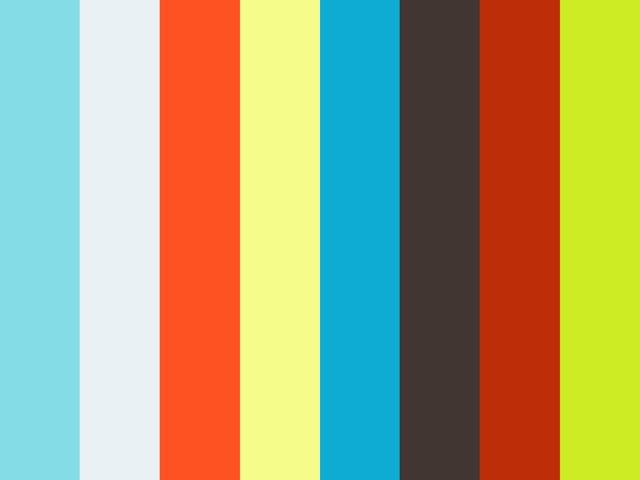Electronic Literature in the Form of a Solar System
Electronic Literature is a very broad field that takes on many forms, such as electronic poems, E-books, self-generating texts, and many others. One of my personal favorite forms are interactive based narratives, that tell their story based on how you react to the piece. 88 Constellations for Wittgenstein is placed under as an interactive based narrative of the great philosopher Ludwig Wittgenstein, with each one of the 88 constellations in the night sky being given a role in the philosopher's life.

The piece suggests that the narrative is to be played with your left hand (Wittgenstein's brother lost his right hand, but continued to be an avid piano player with left-handed music). The 88 separate constellations all give history into the life of Wittgenstein, highlighting the events occurring throughout his life, and how they are apart of his philosophy. The story of Wittgenstein ends at a place called "Storey's End", where Wittgenstein claimed that he had a wondrous life, whereas his friends saw him as having a torturous life, coming to an end on a long night in April where perhaps, "An angel got his wings."
88 Constellations plays out the events through Wittgenstein's life, and with every story, makes the reader think. apart from receiving a dose of 20th century history, the piece references to his philosophy, where it creates a constant puzzle of piecing together Wittgenstein's life and tying those events to the philosophical ideas he believed; "Wittgenstein's life was a series of moments, and our story is a series of constellations."
In our world today, 88 Constellations gives insight, and provides new thoughts and ideas, that no book would ever be capable of doing. The piece takes would could have been a story lain in a book, and animates using intriguing sounds, visuals, and voice narration to provide a much more in depth experience with Wittgenstein than that would ever be able otherwise, This piece I found to be one of the most informative, creative, and understandable pieces we have viewed so far, it brilliantly collects together the pieces of his life, but while informing, every single piece starts to question the mind, far beyond what many other works of Electronic Literature are able to do.









